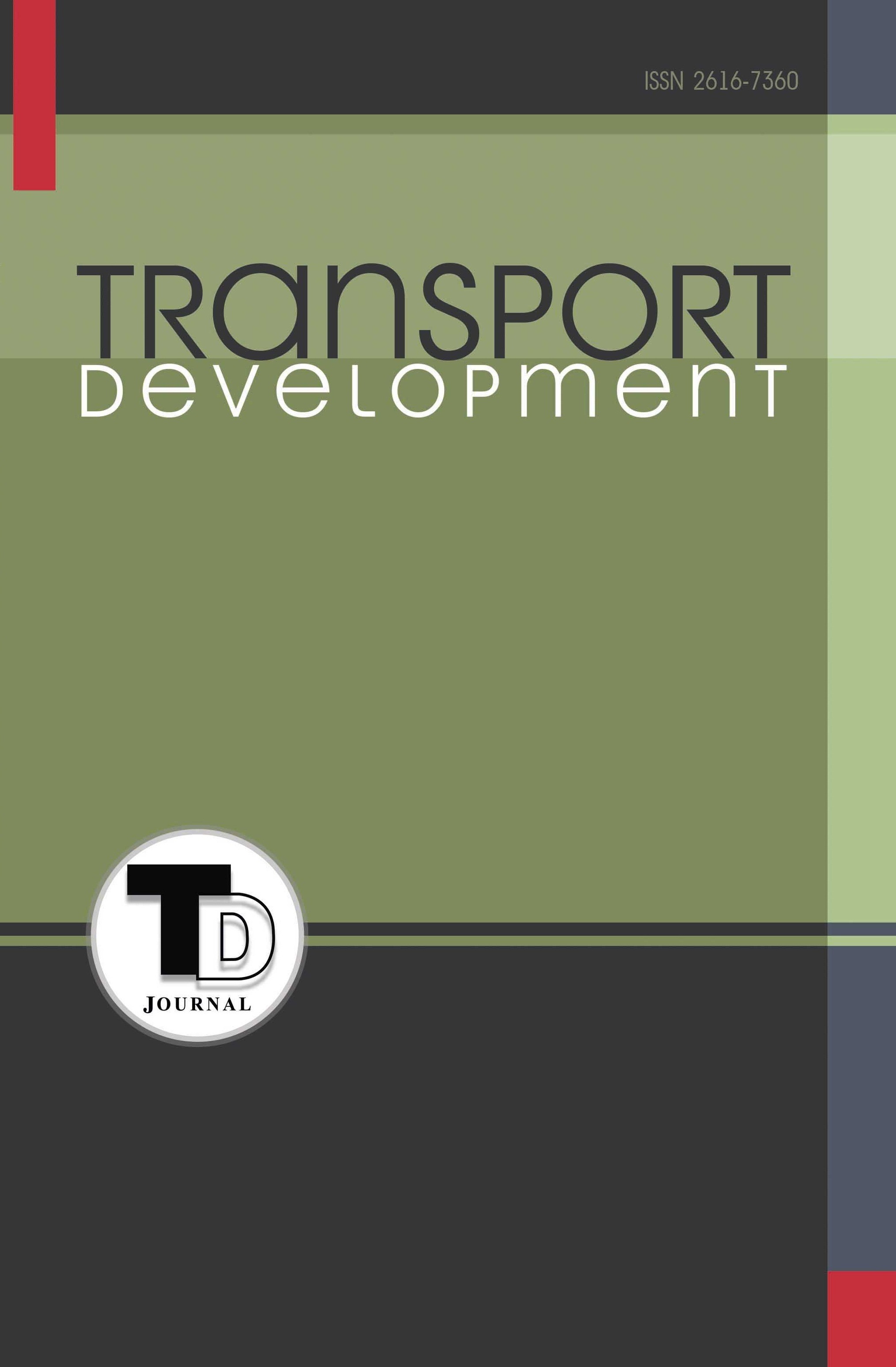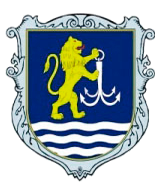COMPREHENSIVE ASSESSMENT OF THE IMPACT OF DIMENSIONAL MODERNIZATION ON THE PERFORMANCE AND PROPULSION CHARACTERISTICS OF CRUISE SHIPS
Abstract
It is directly important to improve the competitiveness of shipping companies that operate maritime cruise business and the modernization of vessels. It is typical for passenger ships that, throughout their life cycle, several stages are carried out with the modernization of the hull, the architecture of the premises and the equipment, the safety and quality of such ships – which ultimately leads to a longer lifespan activity of their operation. Modernization involves effective system solutions to change the physical and moral obsolescence of ship equipment. An advanced way to increase the passenger capacity of a cruise ship is to increase its size. The greatest passenger capacity is achieved by increasing the vessel’s weight, and by adding a cylindrical insert in the area of the mid-frame. Increasing the length of the ship with the addition of a cylindrical insert will lead to a change in the load and operation modes of not only the hull, but also the propellerrudder complex, the main engine and the ship’s electrical power system as a whole. Assessment of the ship’s maneuverability and propulsive qualities is an important task when conducting mathematical modeling to optimize the dimensions of the additional cylindrical insert. A study of the towing resistance of the vessel depending on the length of the cylindrical insert was carried out using the methods of residual or wave resistance on the example of the electric ships “Pride of America” and “Seabourn Odyssey”, according to the results of which the dependence between the increase in the length of the vessel and the towing resistance was determined in relative coordinates. Along with the towing resistance, the propulsive characteristics of the ship are affected by the propulsive coefficient and coefficients of hydrodynamic interaction, in connection with which a quantitative and qualitative assessment of these coefficients, which is related to the length of the modernized vessel, was carried out. A new form of the maneuverability equation is proposed, displayed in relative units, which allows establishing the relationship between the propulsive power and the length of the vessel. The estimated propulsive power and power of the main engines were evaluated to ensure the operational speed of the vessel with the determination of the limit length of the cylindrical insert.
Downloads
References
2. Cruise Market Watch. Electronic resource. Access mode: https:// cruisemarketwatch.com/passenger-origins.
3. Cruise Lines International Association (CLIA). Electronic resource. Access mode: https://www.cruising.org.au.
4. Шумило O. (2023). Дослідження впливу розмірної модернізації на геометричні характеристики пасажирського судна. Розвиток транспорту, (2(17), 75–89. https://doi.org/10.33082/td.2023.2-17.07.
5. Шумило O. (2023). Оптимізація розмірної модернізації пасажирських суден з урахуванням енергоефективності. Розвиток транспорту, (4(15), 58–77. Retrieved із https://journals.onmu.in.ua/index.php/journal/ article/view/191.
6. Schneekluth, H., Bertram, V., Ship design for efficiency and economy, Butterworth Heinemann, Oxford 1998.
7. Holtrop, J., Mennen, G.G.J., An approximated power prediction method, International Shipbuilding Progress, Vol. 29, 1984.
8. D. Li, P. A. Wilson, Y. Guan, and X. Zhao, “An Effective Approximation Modeling Method for Ship Resistance in Multidisciplinary Ship Design Optimization,” in Volume 2: CFD and VIV, San Francisco, California, USA, Jun. 2014, p. V002T08A023. doi: 10.1115/OMAE2014-23407.
9. R. de Winter, B. van Stein, M. Dijkman, and T. Bäck, “Designing Ships Using Constrained Multi-objective Efficient Global Optimization,” Springer International Publishing, Cham, 2019. doi: 10.1007/978-3- 030-13709-0_16
10. R. de Winter, J. Furustam, T. Bäck, and T. Muller, “Optimizing Ships Using the Holistic Accelerated Concept Design Methodology,” in Practical Design of Ships and Other Floating Structures, Singapore, 2021, vol. 65, pp. 38–50. doi: 10.1007/978-981-15-4680-8_3.
11. Nanda Yustina, Ari Saptawijaya, Surrogate Model-based Multi-Objective Optimization in Early Stages of Ship Design, Jurnal RESTI (Rekayasa Sistem dan Teknologi Informasi) 6(5):782–789, October 2022.
12. Некрасов В.О., Нгуен Гуй Хоанг. Визначення оптимальних харакетристик швидкохідного пасажирського судна. Вісник Національного університету кораблебудування. 2012. Вип.2. С. 23–29.
13. Bakica A, Vladimir N, Gatin I, Jasak H. 2020. CFD simulation of loadings on circular duct in calm water and waves. Ships Offsh Struct. 1–13.
14. Haase M, Davidson G, Binns J, Thomas G, Bose N. 2017. Full-scale resistance prediction in finite waters: A study using computational fluid dynamics simulations, model test experiments and sea trial measurements. Proc Inst Mech Eng.
15. Huang L, Li Z, Ryan C, Ringsberg JW, Pena B, Li M, Ding L, Thomas G. 2021a. Ship resistance when operating in floating ice floes: Derivation, validation, and application of an empirical equation. Mar Struct. 79:103057.
16. Huang L, Tuhkuri J, Igrec B, Li M, Stagonas D, Toffoli A, Cardiff P, Thomas G. 2020. Ship resistance when operating in floating ice floes: A combined CFD&DEM approach. Mar Struct. 74:102817.
17. Jasak H, Vukčević V, Gatin I, Lalović I. 2019. CFD validation and grid sensitivity studies of full scale ship self propulsion. Int J Nav Archit Ocean Eng. 11:33–43.
18. Сліжевський М.Б. Король Ю.М., Соколик М.Г., Тимошенко В.Ф. Розрахунок ходовості надводних водотоннажних суден : навчальний посібник. Миколаїв, НУК, 2004. 192 с.
19. Шостак В.П., Гершанік В.І., Кот В.П., Бондаренко М.С. Проєктування пропульсивної установки суден з прямою передачею потужності на гвинт : навчальний посібник. Миколаїв : УМДТУ, 2003. 500 с.
20. Шумило O. (2023). Дослідження буксирувального опору круїзних суден при їх розмірній модернізації. Розвиток транспорту, (4(19), 140–162. https://doi.org/10.33082/td.2023.4-19.11.





